Aprender a diseñar un logotipo para bordar significa pensar en cómo quedará el diseño en puntadas en lugar de en una pantalla.. Con hilo, simple shapes and bold colors tend to work best, while tiny details may get lost.
This guide gives you seven helpful tips for choosing the right colors, fuentes, and design elements to ensure your embroidered logo looks sharp and professional. Siguiendo estos pasos, you’ll be able to create a logo that stands out beautifully on any fabric!
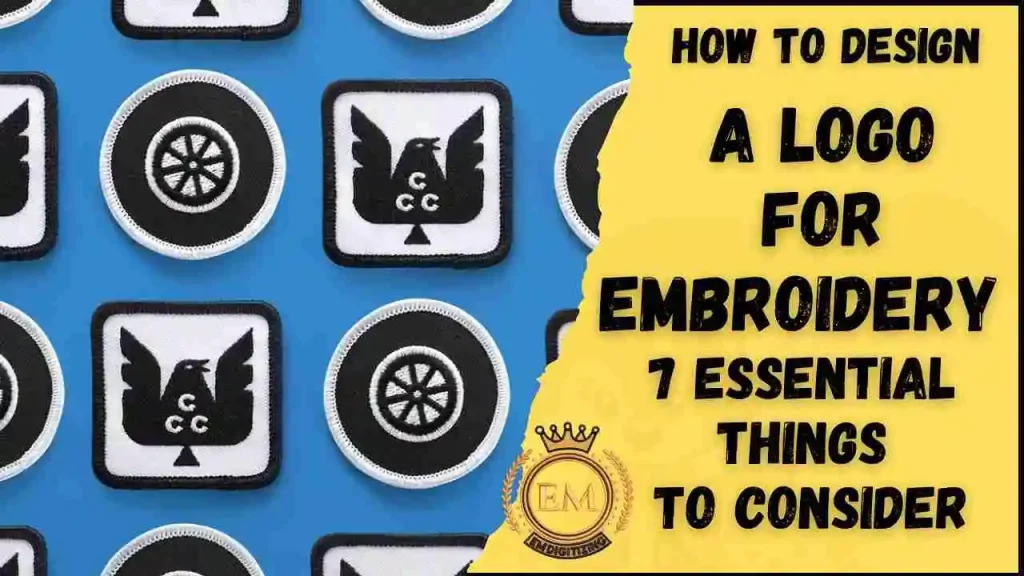
Cómo diseñar un logotipo para bordar: 7 Cosas esenciales a considerar
Cómo diseñar un logotipo para bordar | Essential Tips
Al crear un logo for embroidery, there are several key factors to consider to ensure the best quality and clarity.
- Simplicity and Clarity
- Choosing the Right Colors
- Appropriate Font Selection
- Size and Placement of Elements
- Avoiding Fine Details
- Stitch Type and Density
- Testing and Proofing
1. Simplicity and Clarity

When designing a logo for embroidery, la simplicidad es clave. Unlike digital logos, embroidered logos rely on stitching techniques that make overly complex designs difficult to achieve with precision. Simplified logos ensure that each element is clear and recognizable, even from a distance.
This clarity is essential in embroidery, as fine details may get lost when translated to thread. Un simple, bold design also gives a professional, acabado pulido, making it ideal for both large surfaces like jackets and small ones like caps.
2. Choosing the Right Colors
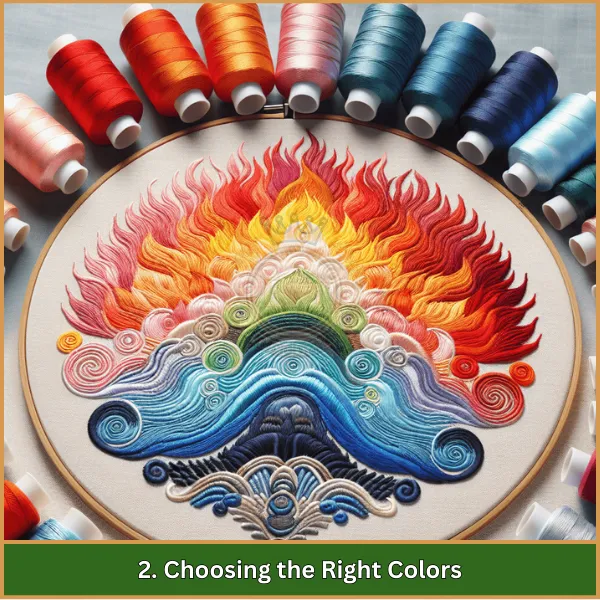
Logo colors play a crucial role in embroidered logos. It’s important to select a few vibrant and bold colors, as too many colors can lead to increased production costs and may not blend well when stitched.
Además, certain thread colors might appear differently when embroidered, so it’s wise to consider the contrast between thread colors and the fabric. If your logo will be embroidered on multiple fabrics, test how each color translates across different backgrounds to ensure visibility and consistency.
3. Appropriate Font Selection
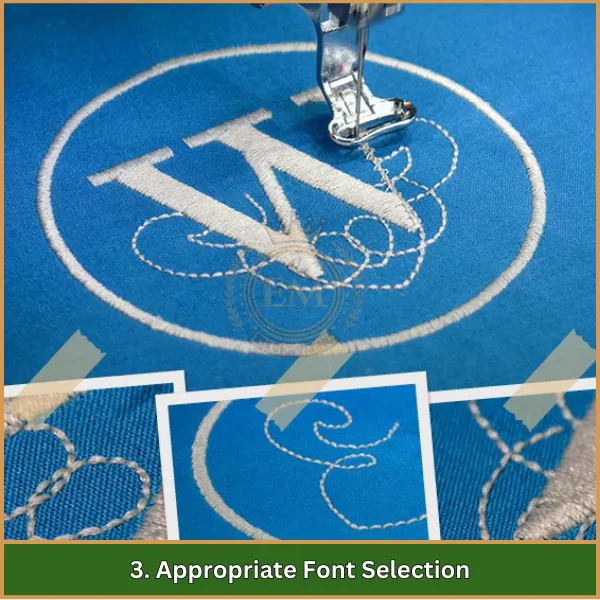
The font in a logo must be easily readable, especially in small sizes. Avoid thin, intricate fonts, as these can become hard to read once embroidered. For clarity, choose bold, clean fonts that maintain readability across various logo sizes.
Consider the size limits of embroidery as well, as fonts that are too small may blur. Using simple, bold fonts ensures your text elements are just as impactful as the visual design, whether on a patch or directly on apparel.
4. Size and Placement of Elements
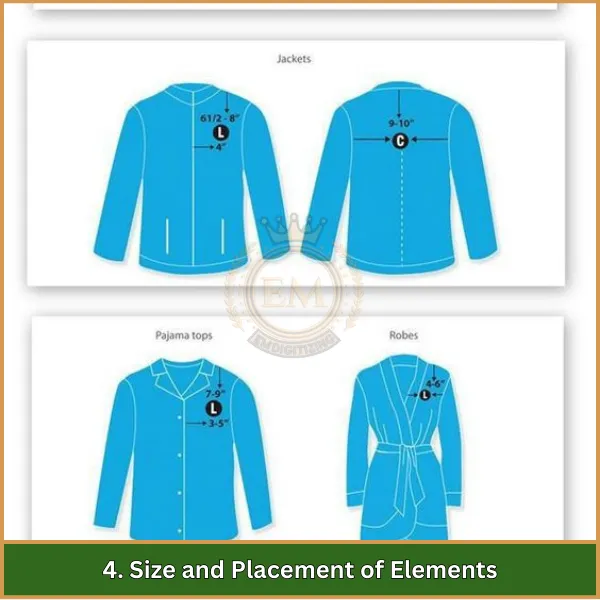
Careful attention to logo size and element placement is essential when designing a logo for embroidery. Each element must be well-positioned and balanced, particularly when the logo will be embroidered on smaller items.
Ensure that essential details are large enough to remain visible. Consider adjusting the spacing and alignment of each component to create a harmonious design that translates effectively onto fabric. This balanced placement will enhance the logo’s overall appearance on various items.
5. Avoiding Fine Details
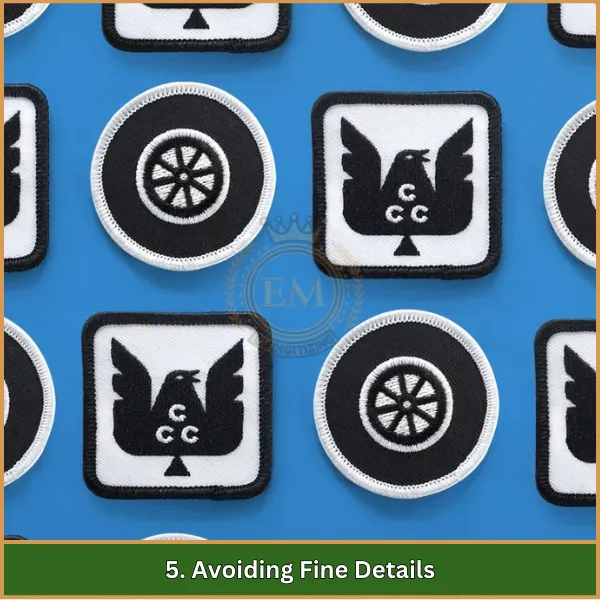
The level of details in embroidery must be carefully managed. Fine lines, small embellishments, or intricate details may not appear as intended when embroidered. En cambio, focus on bold lines and larger shapes, as these translate better in stitches.
Avoiding excessive detail also helps to keep production costs manageable, as intricate designs require more stitches. This balance allows for a cleaner, more visually appealing result that maintains your brand’s identity without compromising clarity.
6. Stitch Type and Density
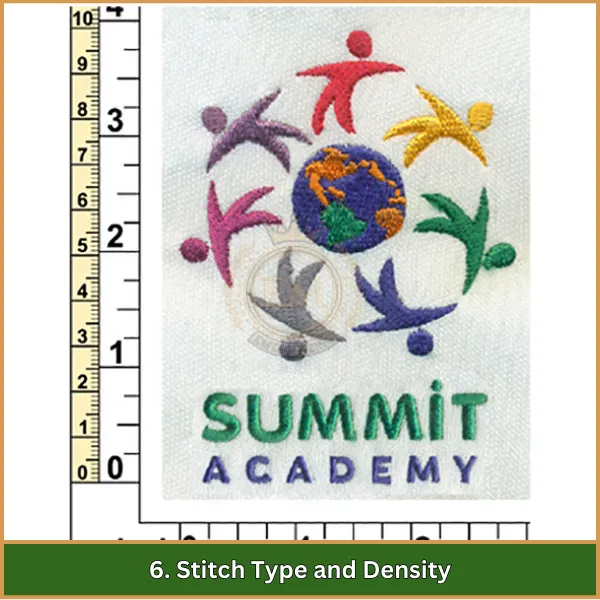
The stitch type and density are vital for maintaining quality in embroidered logos. When learning how to design a logo for embroidery, it’s essential to consider the most suitable stitch type, such as satin or fill stitches.
Por ejemplo, larger logo areas may require fill stitches, while satin stitches work well for finer lines. Adjusting stitch density is crucial to avoid issues like puckering or overly thick areas, which can distort the logo. Proper stitch type and density choices ensure a polished finish and smooth texture.
7. Testing and Proofing
Testing a logo file through sample embroidery is an important final step. A sample proof allows you to check how the logo translates from digital format to embroidery. Testing helps to identify any issues with color, clarity, or stitching density.
Por ejemplo, if you’re designing a logo for embroidery patch, the sample can reveal adjustments needed to achieve a balanced, acabado de alta calidad. Proofing helps you ensure that your logo accurately represents your brand and maintains its professional appearance across various applications.
Conclusión
Understanding how to design a logo for embroidery can make all the difference in achieving a polished, standout look. Following these key tips ensures your logo is embroidery-ready with simplicity, colores llamativos, and clear details. If you’;re looking for expert help, EMdigitizing is here to make the process seamless!
Ofrecemos servicios de digitalización de alta calidad with an unbeatable combination of affordability, respuesta rápida, y calidad garantizada. Más, our preview option lets you see exactly how your logo will look. Y, if it’s your first order, disfruta de un 50% descuento.
Confianza EMdigitalización to bring your logo to life in embroidery, with results that speak for themselves!
